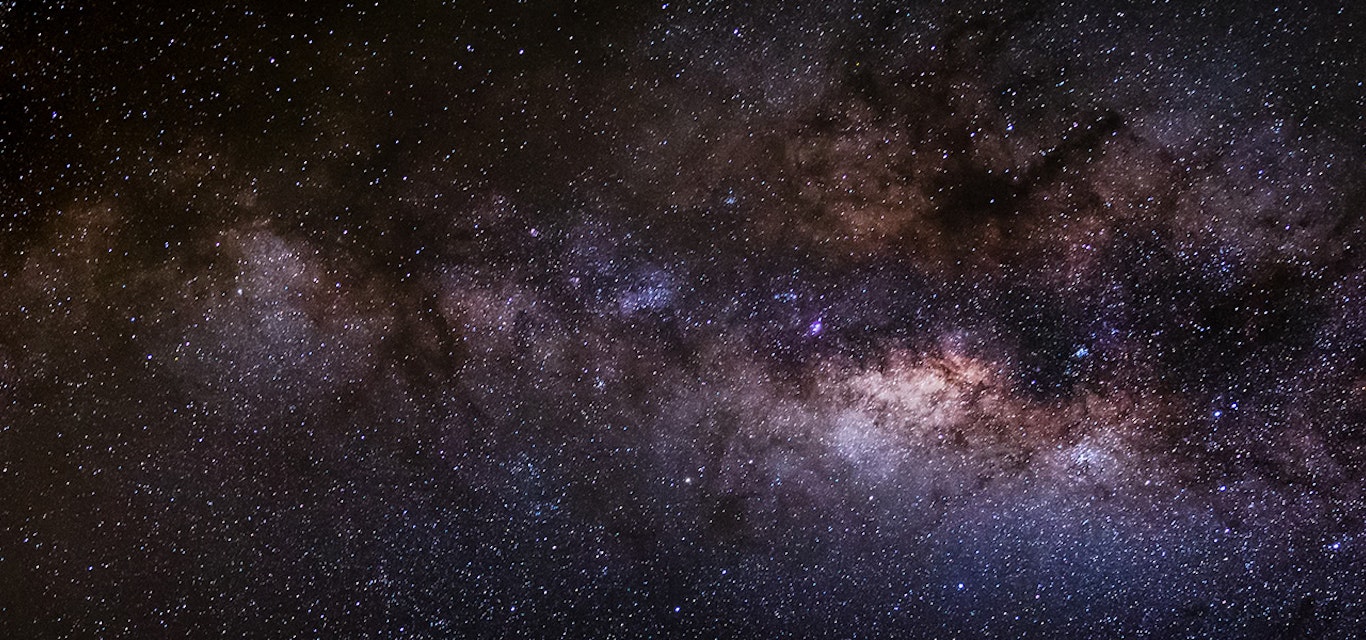Capturing the night sky
Ever wondered how to take amazing images of the night sky? Local photographer Matt Wells shares his tips.
Getting the right gear
To get started with night or astro photography you'll need:
A camera with full manual mode
A sturdy tripod
A lens that can let as much light in as possible. Ideally, an aperture of f3.5 or less
The right settings
There are three main terms when it comes to any type of photography:
Aperture: A larger aperture lets more light in, but also blurs the background more (perfect for portraits).
Shutter speed: A slower shutter speed helps to show movement (perfect for waterfalls).
ISO: A higher ISO makes the camera more sensitive to light, but also introduces noise.
For most of my astro/aurora photography, I generally use these settings as a starting point.
Aperture: f1.8 (f2.8) as low as your lens will go
Shutter speed: ~ 15 seconds
ISO: 3200 (sometimes 6400)
The 500 rule: Since the Earth is moving, there's a basic rule used to capture 'pinpoint' stars.
Auroras
We're very lucky in Tassie to have the chance to see auroras (when the cloud clears). There are certain events that have to occur to produce an aurora - it's a common misconception that you'll see one on any given night.
The best way to find out if there's a chance of an aurora is to follow the local aurora chasing groups on Facebook.
On the night the image above was taken, the clouds rolled in. Judging by the green glow I could see on the back of the camera, this would've been amazing had it been a clear night.
The below image on the left is one of my personal favourite photos. It was the very first time I saw an aurora.
Good to know: The Huon isn't always the best spot to view auroras, due to cloud cover most nights. Aurora chasers will usually head to South Arm or up the Midland Highway.
Image stacking
The ISO on a camera is like turning up the volume. When you do this, the noise increases. To help eliminate the noise, you can use a process called image stacking.
For the image below on the left, I took about 10 shots and processed them in a program called Sequator.
Star trails
To capture star trails, use a longer shutter speed. For the below shot on the right, I blended 120 individual images with a program called StarStax. If you're really ambitious, these could be used to make a video (time lapse).
Good to know: To find the centre you can use an app on your phone to find 'octans'.
Want more?
To see more of Matt's incredible photography. Head over to his Flickr page.
